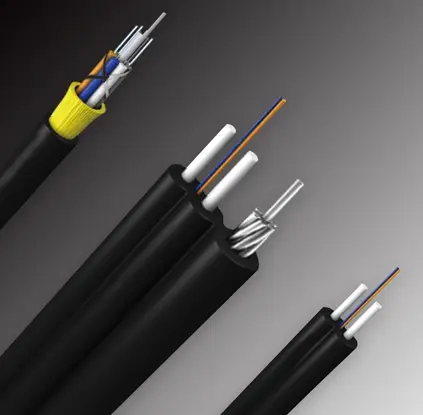
The innovation of 5G in wireless and network technology has brought new development opportunities to the cable industry, especially in the field of fiber optic cables. With the huge increase in demand for optical communication transformation worldwide, the demand for fiber optic cables will continue to rise.


High temperature superconducting technology has the advantages of relatively low price, large capacity, low loss and no electromagnetic pollution, and its development and application will be an important technology in the future wire and cable industry.

Compared with the conventional steel core aluminum wire (ACSR), the aluminum cross-sectional area of ACCC increases by 29%, and the weight per unit length is 20% lighter, so in the case of a certain allowable overhang, the use of ACCC can greatly improve the transmission capacity of the line and reduce the loss.

The flexibility of the aluminum alloy cable is better than that of the copper core cable, which changes the shortcomings of the previous pure aluminum cable such as poor mechanical strength, low fatigue resistance, and easy accidents at the joint, ensuring the continuous stability of the cable connection in the case of long-term overload and overheating, and also making up for the defects of the traditional copper cable such as memory effect and high rebound performance, reducing the line loss. In addition, no matter from the production, processing, manufacturing of raw materials to transportation, installation, operation, recycling, aluminum alloy cable than the traditional copper cable has unparalleled economic and environmental advantages.

The emergence of "thin small process" is mainly for the convenience of installation, use and transportation, while reducing raw material costs as much as possible. If we analyze the characteristics of current wire and cable products, we can also easily find that today's cable products are constantly developing towards thinner jackets, smaller cross sections, and ensuring current carrying capacity.
